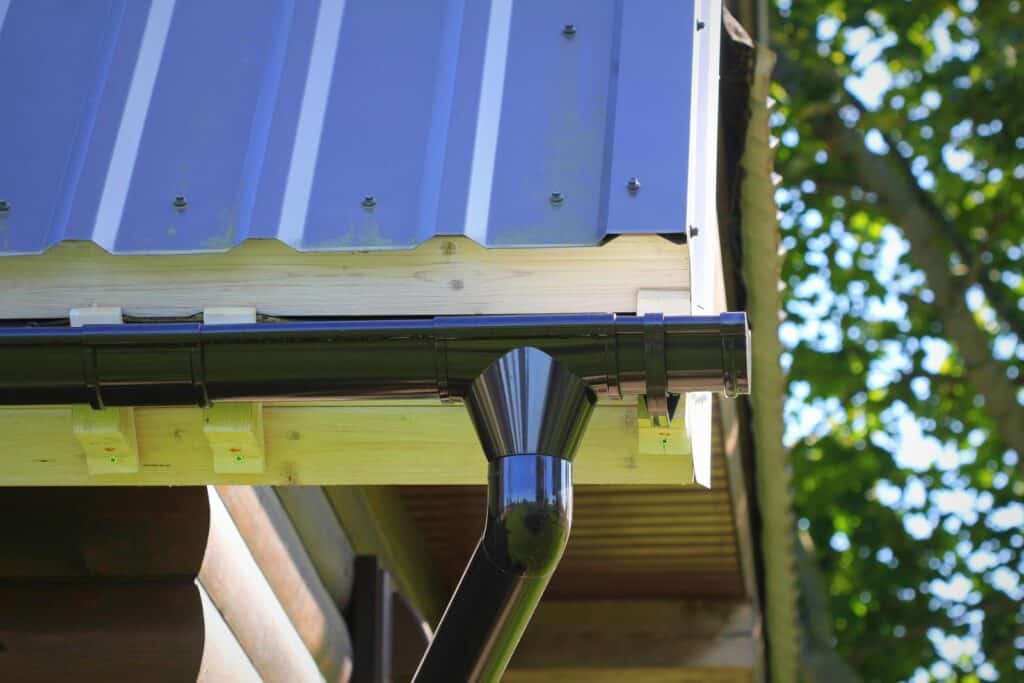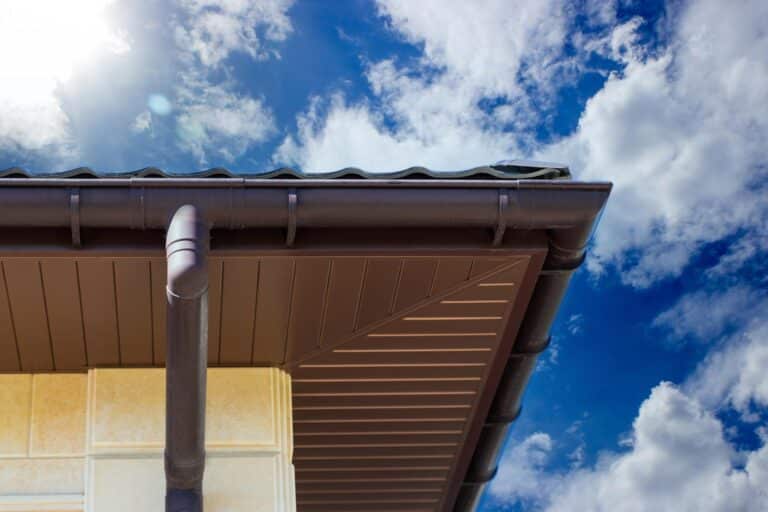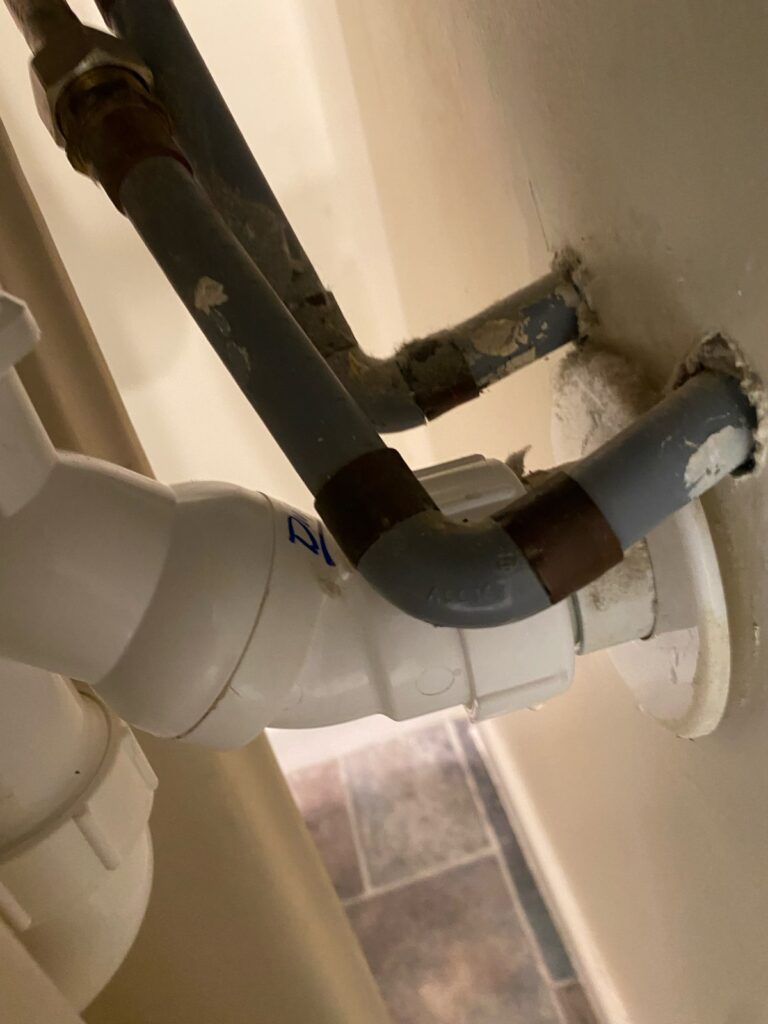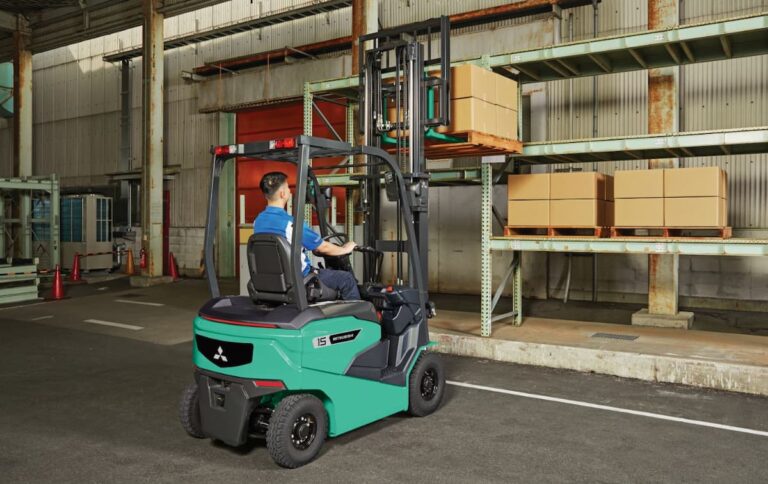Maintaining the integrity of your home’s spouting system is essential for protecting against water damage, mould growth, and structural decay, particularly in regions like Hamilton and the Waikato. Over time, your spouting can deteriorate due to harsh weather conditions and general wear and tear, raising the question of whether to repair or completely replace your gutters. This guide provides a detailed process to help assess your spouting system and determine the best option for your Hamilton property.
Step 1: Conducting a Thorough Visual Inspection
The first step to checking your spouting is to perform a comprehensive visual inspection of your system. Pay close attention to signs of rust, corrosion, cracks, and peeling paint. Rust or corrosion can manifest as reddish-brown patches that weaken the metal, eventually leading to leaks or system failure. Even if small, cracks and splits allow water to escape, undermining the gutter’s purpose of channelling water away from your home’s foundation.
Peeling paint or discolouration may not seem like a major issue at first, but these symptoms often point to underlying problems such as moisture buildup or improper drainage. Signs of moisture buildup could include water stains on the exterior walls or a musty smell in the basement. Discolouration could also be a sign that the material is breaking down due to exposure to the elements, which is particularly common in older systems.
Another key factor to watch for is loose or disconnected sections. Over time, these fasteners can loosen, causing sections of your spouting to shift out of alignment or become detached. This not only affects the system’s performance but could lead to water seeping into walls or pooling around the foundation, causing long-term damage.
If you notice these signs during your inspection and the damage appears localised, then repairing these issues could be sufficient to extend the lifespan of your system. However, if the damage is really widespread or involves structural concerns, it may be more cost-effective to consider a complete replacement.

Step 2: Evaluating Water Flow Performance
Next, assess how effectively your spouting system handles water flow, particularly during heavy rainfall. This step is critical for determining whether your gutters are functioning as they should. Begin by observing how water moves through the system. If you notice that water spills over the edges of the spouting rather than flowing smoothly through the downpipes, this could indicate a blockage or that your gutters can no longer handle the volume of water.
Overflowing water is not just a nuisance; it can cause significant damage to your home’s foundation, exterior walls, and landscaping. Similarly, look for areas where water pools or collects along the gutters. Water pooling weakens the materials over time, potentially leading to sagging or detachment. When spouting is unable to efficiently direct water away from your property, the risk of erosion and water damage increases dramatically.
Inspect the system for leaks. Leaks are not just wasteful; they are often a sign of more serious underlying problems. Left unchecked, leaks can develop into larger gaps or lead to corrosion that weakens the entire structure of the spouting system.
If you consistently experience issues with water flow or leaking a gutter replacement may be a more reliable long-term solution than repeated repairs. This is especially relevant in areas like Hamilton, where heavy rainfall can strain an aging spouting system.
Step 3: Addressing Safety Concerns
Safety is another critical factor when deciding between having your spouting repaired or replaced. As an unstable or damaged spouting system can pose risks to both your property and its occupants. During your inspection, check for sections of the spouting that may be sagging or drooping.
Sagging typically occurs when the support structures weaken over time, compromising the system’s effectiveness. Sagging spouting not only affects water flow but also risks complete detachment during severe weather.
Examine the spouting for any parts that appear loose or partially detached. Loose sections reduce the efficiency of the system and create safety hazards for anyone walking below. In areas with high winds or heavy rainfall, these loose sections are more likely to break away, leading to further damage and posing a risk to people, pets, or property below.
Also, consider the risk of falling debris. If the spouting system is old or compromised, sections of the material can break off, particularly after long periods of exposure to wind and rain. Debris falling from gutters is a clear indication that a replacement may be necessary to ensure your home’s safety and structural integrity.
In situations where safety is at risk, especially in areas with frequent weather challenges like the Waikato, a complete replacement is often the best course of action. Upgrading to a modern system eliminates these hazards and provides peace of mind that your property is protected.
Step 4: Exploring the Long-Term Benefits of Gutter Replacement
While repairs may offer a short-term solution, there are significant long-term benefits to replacing an aging spouting system. Newer spouting systems are designed with advanced technology that optimises water flow, prevents clogs, and offers better durability. For instance, modern materials like PVC, aluminium, or stainless steel are more resistant to rust, corrosion, and general wear, which means a new spouting system will last longer and require fewer repairs over its lifespan.
Beyond improved functionality, a new spouting system enhances the overall aesthetic of your home. Upgrading your gutters can improve your property’s curb appeal, adding a modern and clean look to the exterior. This is particularly important if you’re planning to sell your home in the future, as potential buyers will appreciate the low-maintenance benefits and improved appearance.
In addition to aesthetics, new spouting systems require less ongoing maintenance. The materials used in modern gutter systems are designed to resist debris buildup, reducing the frequency of cleaning and upkeep. This saves you time and can lead to significant cost savings over the years.
For homeowners in Hamilton and the Waikato, replacing old spouting with a modern system provides more than just protection against the region’s unpredictable weather. It also offers peace of mind, knowing that your property is better protected and less susceptible to damage, allowing you to focus on other aspects of homeownership.
Step 5: Considering the Cost of Repair vs. Replacement
Cost is always a factor when deciding between repairing and replacing your spouting system. Start by calculating the costs associated with repairing the existing system. This includes material and labour expenses for fixing sections of the gutter, as well as the potential costs of repeated repairs if problems continue to arise.
When comparing the cost of repairs to the price of a full replacement, keep in mind the long-term savings that a modern, efficient spouting system can provide. A new system will reduce maintenance costs, protect your property from water damage, and eliminate the need for frequent repairs.
The upfront investment may be higher, but the long-term benefits, including improved durability, efficiency, and reduced repair costs, often justify the expense. For example, a new system could save you hundreds of dollars in repair costs each year, and the reduced need for maintenance could save you even more over the life of the system.
For many homeowners in Hamilton, a gutter replacement offers better value, especially if the existing system is more than 15 years old or consistently underperforming. The potential savings in water damage repairs and the added property value can make replacement the more financially sound option.
Conclusion: Deciding Between Repair or Replacement
When it comes to maintaining your home’s spouting system, it’s essential to weigh the pros and cons of repair versus replacement carefully. While small, localised damage can often be addressed with repairs, widespread issues, water flow problems, and safety concerns suggest that a complete replacement is the better long-term solution.
Upgrading to a modern spouting system ensures that your home is well-protected from the elements, improves its appearance, and reduces the need for future maintenance. Whether you choose repair or replacement, keeping your spouting system in good condition is essential for safeguarding your property and ensuring its longevity, especially in the challenging weather conditions in Hamilton and the Waikato.
By proactively maintaining or replacing your spouting system, you’ll be making a sound investment in your home’s future.
Get your business noticed by creating an online directory listing. Listings are FREE and you can create as many as you need.
- Get found by locals



